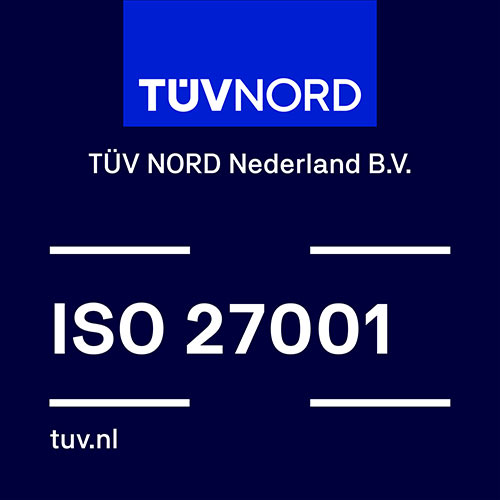A patient is an individual, not an average. Yet it is precisely figures that can make care more personal, believes Esther de Vries, data science coordinator at the Jeroen Bosch Hospital in ‘s Hertogenbosch, who is also a pediatrician and professor by special appointment at Tilburg University. In order to make maximum use of the opportunities that data science offers for this, the hospital must adapt its organisation and working methods. Pipple advises them on this.
Data science to personalize care
The JHA attaches great importance to research into continuous improvement of patient care. ‘Personalised care’ is an important factor in this. In other words: care that is not only based on the average of people with a similar clinical picture, but is focused on what the individual needs. Esther: “Basing predictions on an average is not wrong, but not enough. Everyone is different.”
A lot of data needed
With data science, you can find a needle in a haystack faster, says Esther. “You take patients who have been diagnosed with a certain disease or side effect of a drug. In their electronic patient file you find out the data about the origin. You compare them with patients without that disease or side effect. This way you can better predict those diseases or side effects, provided you use a large research population.”
Electronic health record is worth its weight in gold
Although almost all data in healthcare has been digital since the advent of the electronic patient record, data science is a new discipline for hospitals. “Our professionals are trained in healthcare and not overly handy with computers. As a result, files are still mainly used as an archival tool, while they can also be an enormous source of data to improve care.”
Standardization is difficult
Unfortunately, the usability of the data often leaves much to be desired, Esther observes. “Doctors and nurses still report as they did in the paper age. There is a lot of free text. As a result, for example, many different words are used for the same thing.” Standardization of reports would help enormously. “We’ve been working on that for a few years, but it’s still difficult. Staff lack the time to do their reporting differently.” In order to be able to use the free text, the JHA is now also focusing on the possibilities of text mining.
Pipple takes a practical approach
To develop data science within scientific research, JHA enlisted the help of Pipple. Esther: “We want to be able to extract new knowledge from our data ourselves, and to develop algorithms that predict the chance of rarities.” Pipple finds out what is needed for this in terms of personnel, organization, hardware, software and logistics. They do this in a practical way. “Pipple will work on cases that we chose together. In the process, they run into the limitations of the current situation. In this way, they collect all obstacles and formulate possible solutions.” In addition, Pipple is looking for ways to present data analyses to doctors and patients in an understandable way. They put the solutions into a pragmatic plan. The latter is very important as far as Esther is concerned. “Hectic in a hospital is and remains a given.”

